How to start a bakery (bakery business plan)
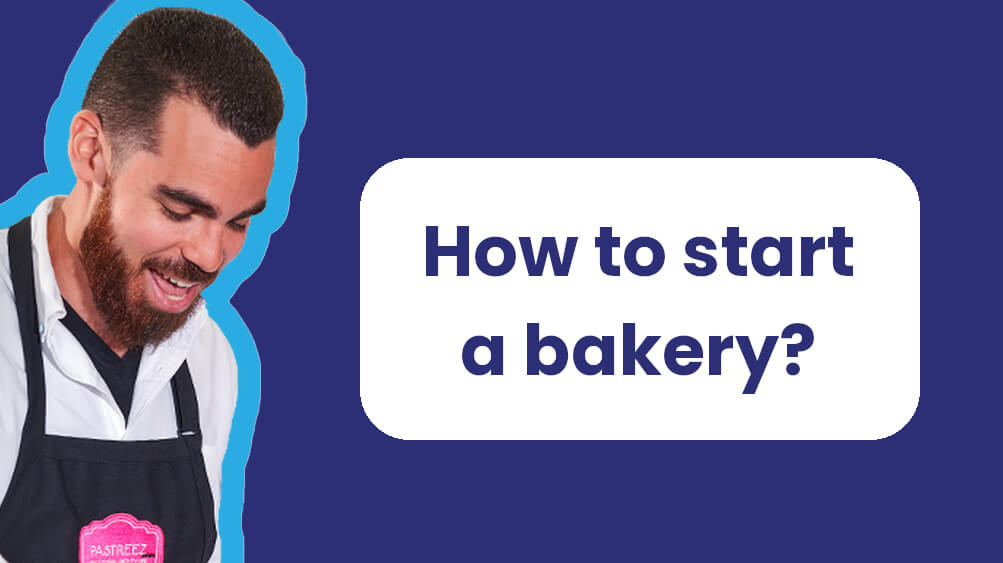
I'll share what it's really like to open a bakery today—because if you're considering it, chances are you’re as passionate about baking as I am.
My name is Anthony. I'm the chef & owner at Pastreez, the "most authentic macarons in the US" according Le Cordon Bleu Paris blog.
When I left all in France to start Pastreez in the US, I had to overcome many challenges. I'll share these with you so you don't have to.
In this blog post, I share with you the steps to create your own bakery, whether online or in-store.
-
Table of contents
- How much does it cost to start a bakery?
- Test your idea with strangers
- Test the market
- Bakery business plan
- Find your bakery location
- Tenant improvements
- Getting your health permit
- From new bakery to sustainable business
-
How much does it cost to start a bakery?

Before to start the step by step, I get this question a lot: How much money does it cost to start a bakery?
In summary:
-
- $500 to test your bakery idea
- $10,000 - $50,000 for tenant improvements (lease costs excluded)
You probably expected a bigger number. But it all comes down to what stage you're at.
$500 is the cost of the phase where you confront your products to real potential customers.
In this example, the $500 corresponds to a farmers market booth in my local city, including a canopy, where you can meet and test your bakery idea.
Then once you have your most valuable product (MVP), you can start thinking to open your bakery store, and think about next step costs.
For me, it was the macarons. For you, it can be anything that fits the market. As long as you bake with passion in a demanding market, you will make a difference.
Once you're ready to launch your bakery (after following all the steps below), you'll have to make tenant improvements to the shop you rent (or buy), so that your bakery looks like one.
My estimate of $10,000 to $50,000+ for tenant improvements includes aesthetic improvements and health permit required improvements. I detail these on step 6 and 7.

To be honest, it's too early to talk about costs. At first, you should ask yourself: Is there a market for my product? Meaning, is there a demand for what I’m offering right now?
In this full guide on how to start a bakery business, I'll guide you through each step and associated cost.
Remember, I was in your shoes. I will also detail what worked best (and what didn't) so you can overturn the challenges on this entrepreneur journey.
-
Step 1: Test your idea with strangers (no family)

I'm not a fan of the adage "go big or go home". You should not risk everything on something you haven't tested at a smaller scale yet.
Because we all make mistakes, that are actually learnings. Test your bakery business at a small scale first, so you can make small mistakes and learn / fix these fast along the way.
Ok let's dig in. You're probably wondering, how to test a business idea? You test your business idea by confronting your product to strangers.
This first step is free. It is also crucial: I call it the feedback phase. Bake your product at home and test it with perfect strangers.
Is it macaron? Crêpes? Bagels? Cupcakes? Focus on a couple of your favorites, and give it away for free in exchange of a detailed feedback.
No need to ask for money at this point, you just need their feedbacks. Ask them questions like:
- Was it good?
- What did you like best, and why?
- What did you dislike, and why?
- What flavor variant would you like?
- How much would you pay for it?
- Would you gift it, or perhaps order for events?
You get the idea. Gather lots of information at this step. Once you get enough feedbacks and you can see a trend, it's time to take a moment to analyze your data.

The result of this preliminary market analysis is essential and will determine your business core baked goods.
Did I say strangers? Important NOT to get family members or friends, because they tend to give sugarcoated feedbacks.
They'll always support you, so they most likely won't tell you the truth.
When my wife and I arrived in the US back in 2017 to do this first step, we rented an Airbnb in Los Angeles, and baked out of the owner's oven.
Since we did not know anyone, we met people through Meetup. It's an app that connects you to strangers around specific topics.
We went on few meetups, bringing Free French pastries. We had no idea what was popular in the United States.
Thanks to this first step, we were able to pinpoint that French macarons were a clear winner among our panel of products. to this date it's still our core product at Pastreez.
Follow the same path:
-
- Go to free meetings
- Give away free products
- Gather feedbacks
- Analyze the trend
- Pinpoint your most valuable product (MVP)
-
Step 2: Test the market

Okay. Now you have your most valuable product (MVP) thanks to step 1. It's time to test the market.
In this phase, you test the transactional aspect of your bakery idea. Of course, keep the feedback door open. It's always welcome.
Find a way to test a mini version of your bakery. For me with Pastreez, I used farmers markets in California.
It can be a fairy, pop up store, farmers market, local event, anything cost effective to be able to confront your product to customers.
Take good care of these early customers along the way, because they give priceless feedbacks at every step of the journey.
At Pastreez, we still have core customers that were here since 2017.. when we were attending farmers markets.
At this point, the business part kicks in. You should answer questions like:
-
- Is this the good price tag?
- What is my current profit margin?
- Do people come back for more?
- What is my target audience?
- Should I sell by unit? as a pack?
- Should I bundle?
- What is my special twist? What makes my product different?
These answers will help you shape a robust business model, based on actual facts.
It is also a great moment to find a catchy / easy-to-remember brand name. Create your socials and start sharing online. Building your audience early will help you out later. I'm currently writing an entire article on how to grow your local bakery with Google.
Please make sure you find a special twist about your product! What makes your cupcakes different? Is your neighborhood missing a bagel place? Is vegan cakes a thing in your area?

This particular moment (test phase) is also a great test for your passion. You're now immersed in the baking world almost daily. Do you like it?
Things don’t always end up the way we first pictured them.
Since you're not too deep in the process yet, you can easily back up anytime without consequences. That's another advantage of using this roadmap.
But if you're still hungry for more, then you're ready for the next step.
-
Step 3: Bakery business plan

According to Investopedia, a business plan is a "document that defines in detail a company's and how it plans to achieve its goals".
For a bakery, a classic business plan would include:
-
- Costs
- Description of your baked goods for sale
- Location
- Lease terms
- How you plan on conducting business
99% of the time, you would need it for investors or loans, such as banks.
Investopedia also mention a bakery business plan is used to "attract investment before a company has established a proven track record".
People often mistake on the timing: When to actually build your business plan? In this roadmap blog post, it is step 3. It comes after you tested your idea in the market.
Testing live is the first thing to do. If you don't have a market, you don't have a product. You'll end up losing time. And time is currently your most valuable asset.
Do you really need a business plan in the real world? Not really. But you need a roadmap. Here is why: Things NEVER happen as planned.
Simply because you'll pivot, adapt, change your baked goods, perhaps change location, update your pricing, etc.
A business plan is designed to path the unknown. 99% of the time, numbers in your business plan will be wrong. Some aspects of it though, like the market analysis, help you to target your future customers.
But a roadmap is a step by step guide that help you turn an idea into a business.
This guide is far from a "leap in the unknown": Base your actions on actual facts, feedbacks, and early customers comments. Do you see the difference?
Using this guide, the risk is minimal, since every step is validated by real data.
All that being said, I know it might be important for you to get a bakery business plan template for banks, investors, etc.). So here you go! It will (of course) include the roadmap.
-
Step 5: Find your bakery location

For this step, I recommend to be full-time working on your bakery. You must have no plan B at this point, and fully focused on your bakery business.
If you followed the steps, you reduced the risks. So it's time for full commitment.
Let's sum up one more time, to make sure we're on the same page:
- Product validated with early customers
- Audience is know
- Pricing is clear
- You tested your passion for baking
- You ran a smaller version of your store (farmers market, etc.)
If you've done all that, you're ready to build a brick-and-mortar store.
But first, what's a good location for your bakery? It has to align with your goals.
Is your target audience retail, meaning you aim to sell for big box retail stores like Walmart or Target? Then you need to produce volume. Industrial areas would work, it is usually cheaper than busy commercial areas.
Is your target audience wholesale bakery items, meaning making goods for other bakeries to sell? Same, you don't need to be in a crowded area.
Is your target audience walk-ins customers? Then yes, you need to be in a "busy" area, as long as it fits with your budget.
Usually the best areas are within a shopping center. It will drive foot traffic to your door.
To find a good area for your bakery, here are some ideas:
-
- Ask neighbor businesses how is the area
- Check city data (age group, crime rate, etc.)
- Visit the place at busy times: How busy does it get?

Once you shopped around and found the ideal location, you will start to negotiate the lease terms.
Be confident, there is always room for negotiation. Whether for the monthly price, for the lease length, even for an extra year option.
In rural cities, it can be $1,500 / month + electricity, gas and internet. Water is usually included. But it can be in the $4,000+ a month in busy shopping centers.
Pro tip: Make sure to negotiate weeks free of charge to make your tenant improvements (improvements in the shop to make it a bakery). With the county / city health department involved, it might take a while!
Pro tip #2: When you're looking for the ideal location, keep in mind tenant improvements.. It can get very expensive! If you can find a location where it was a restaurant, that's tens of thousands of savings. Because most health department requirement will already be met.
-
Step 6: Tenant improvements (Aesthetic)

Tenant improvements are updates made to your shop prior to launch. Once you agreed on lease terms, the clock is ticking.
The picture above is from Pastreez location, back in 2021. I've done most of the work myself to save money.
These are the necessary (and mandatory) renovations to turn the empty place into a bakery.
For Pastreez, I was able to get 8 weeks free for tenant improvements. That's a lot. But wait, is it?
I split tenant improvements into aesthetic & health permit. The first one is the fun part: It's all about making your bakery.. your way!
The second, is everything that is mandatory with your local county guidelines. I'll get to it on step 7.
For now, let's focus on the fun part!

Here is a summary for our 1,000 square feet unit:
-
- Decal logo + text: $400
- Paint: $250
- Dividing walls: $500
- Decoration: $1,500
In details now.
For the outside, I went for something simple but efficient. A custom decal with our Pastreez logo, French Bakery inscription, and a couple of wordings. There was also opening hours for the front door.
I also added the top panel stickers, the one that can be seen from afar. Usually, any shopping mall provide these. You'll just need to pay for the stickers.
That part costed me $400.
Then for the inside, it really depends of what you get. Hopefully the previous tenant was soft enough. you'll most likely have to paint it anyways, to match your brand colors.
At Pastreez, I bought the paint and did it myself. White background with red and blue details, to match the French flag.
It was $250 in paint.
You might also need room dividers, if you need an office area, or to separate front from kitchen.
I built two walls with an opening (no doors). I did it myself as well, because I was quoted $2000+ for this. The materials only are around $500 for both walls.
I won't go to deep into decoration, as it really depends on your style and budget. I put $1,000 in decoration which include a used sofa, 2 chairs, and wall decals.
We were also able to keep most of the things from a previous tenant, which is a win-win: Owner doesn't need to empty the place in full, and we didn't have to buy it all.
Now let's dig into the less fun part: Health department required improvements.
-
Step 7: Tenant improvements (Health permit)
 That's a tough one. Mandatory tenant improvements are typically:
That's a tough one. Mandatory tenant improvements are typically:
- Flooring to be tiles or any non-absorbent floor (easily cleanable)
- Cove base tiles for the sides of the floor
- Ceiling to be in a cleanable material
- 3-compartment sink
- Hot water (specific temperature needed)
- Water heater to be sufficient size
- Hand wash station (independent from 3-comp sink)
- All equipments to be NSF certified
- Dry storage area with commercial shelves
- Self closing doors for the bathroom
The list is long and depends of your local city / county. Contact your local health department and ask for tenant improvements guidelines for a bakery.
you might also need to do plumbing / electrical improvements. One of the requirements is to have a floor sink.
If the previous tenant was a restaurant, they'll have one on site already. So you're good.
But if not.. Then it gets expensive. For Pastreez, it was a hair salon prior. So no floor sink. See below a summary:
-
- Floor sink (plumber): $5,000
- Floor tiles (already there): $0 (around $10 per square foot)
- Cove base tiles (done by me): $543
- Ceiling in cleanable material (done by me): $1,000
- 3-comp sink (installed by me): $350
- Extra water heater (plumber): $450
- Hand wash station (plumber): $150
- Equipment costs for bakery: $4,000 (two ovens, prep tables, two mixers, dry storage racks)
See below in details.
It was $5,000 to add a floor sink in our situation. These health permits improvements depends of your county guidelines and existing facility features.
All together, permit improvements can range from $10,000 to $50,000+.
Pro tip: Check auctions nearby. I got a 3-compartment sink and hand wash sink for few hundreds dollars.
My personal experience with the health department was good. In the end of the day, they are here to help you and your customers stay in good health.
Once you touch base with them, they will send you their guidelines, and they'll visit you 2 to 3 times.
The first visit is really to meet you, and make sure you're on the good path.
The second visit is to check how your improvements are going, and answer pending questions.
The last visit is the final one. It's usually pretty fast, because they already know you and your project. They will make sure you meet the guidelines.
On-site, they'll give you the precious health permit, which allows you to be finally open to the public.
Then, they usually visit once a year, to make sure you keep your bakery in good health standards.
-
Step 8: From new bakery to sustainable business
You made it. Be proud of yourself!
You are now the happy owner of your own bakery. And if you followed this step-by-step guide, you're on the right path!
But it's just the beginning. I want you to succeed. Now that you're in business, you need to focus on:
- Customers acquisition (get more customers)
- Increase average order value (AOV)
- Frequency (how many times a customer buy from you)
- Offer new variations / flavors of your products
Now that your bakery is open, make sure Google is your best friend. I'm writing an article about it.
I hope you liked this guide! This is an amazing journey that you've started.
Let me know for any question below. I'd also love to hear about your new baker's life!

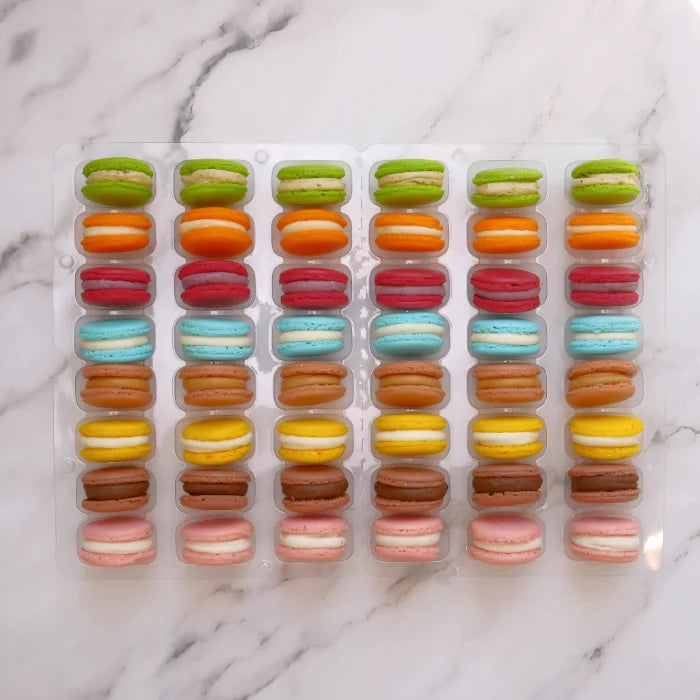





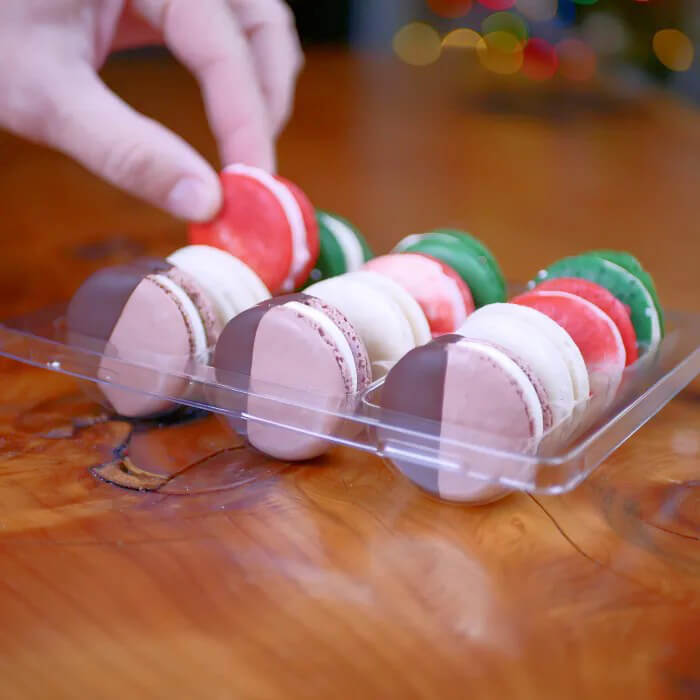

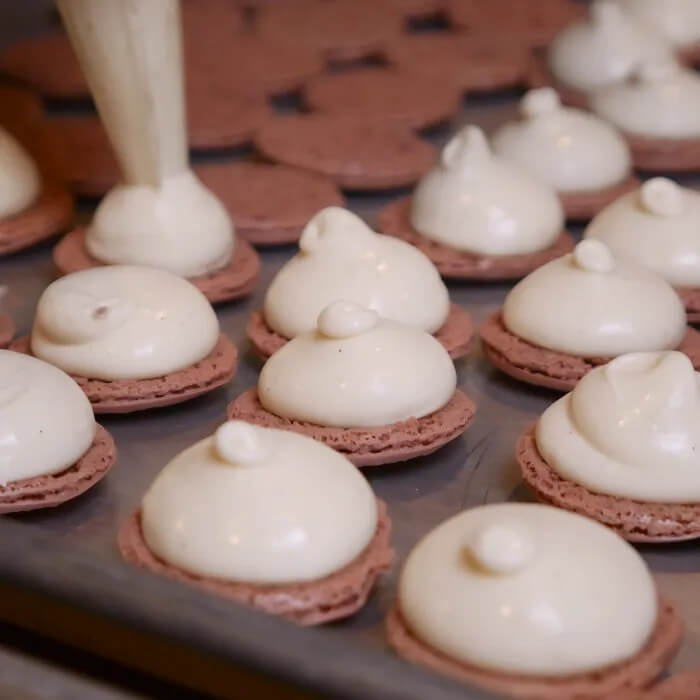

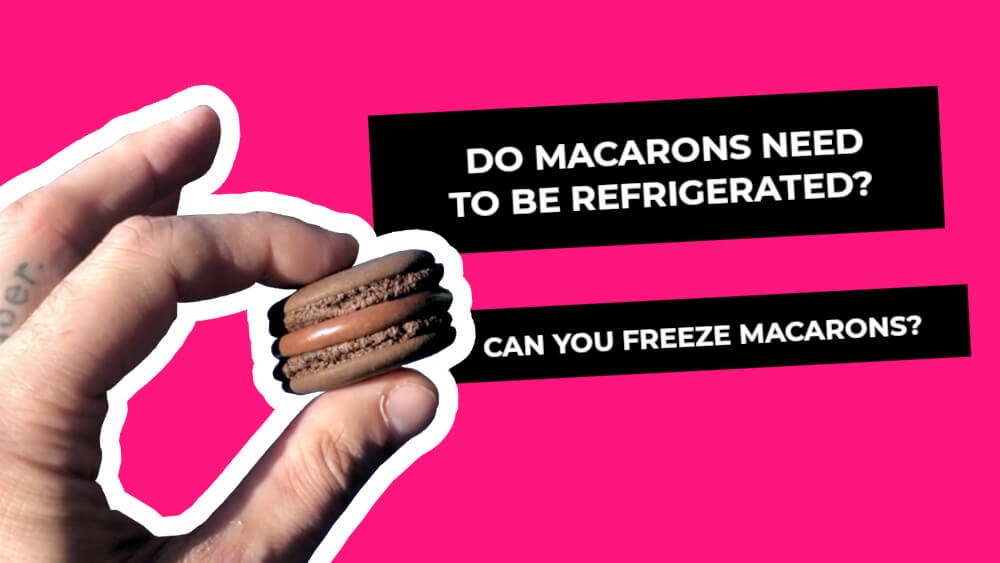
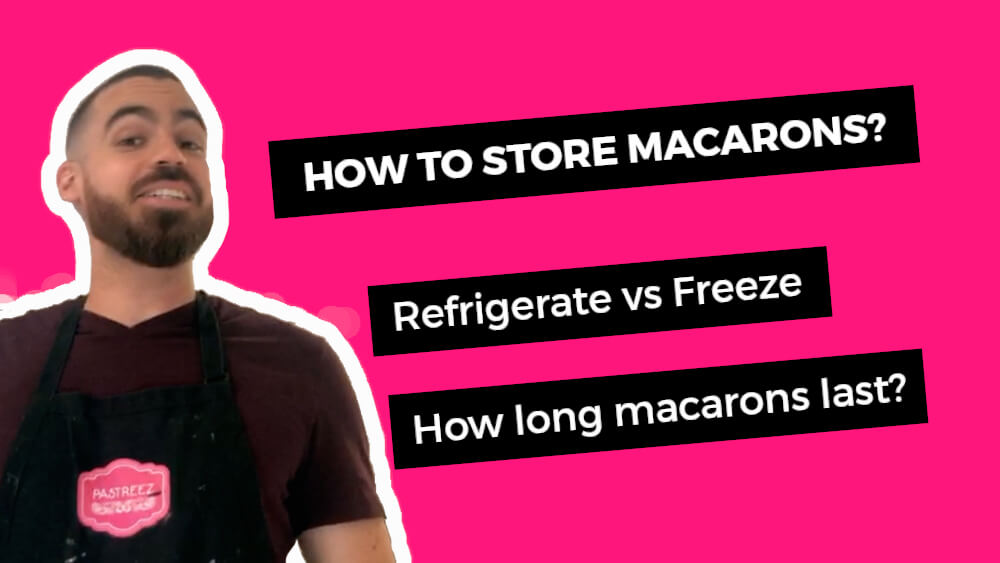
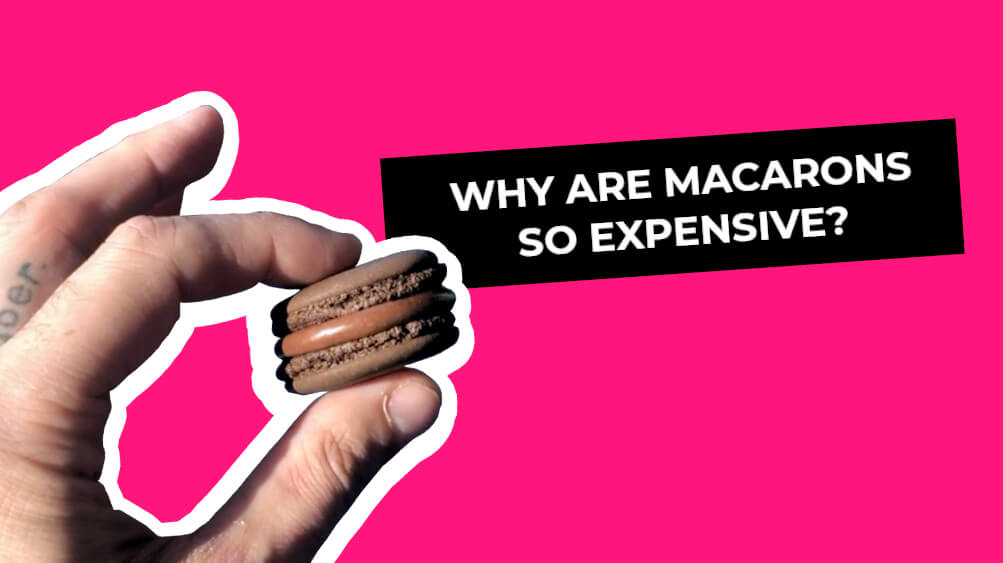

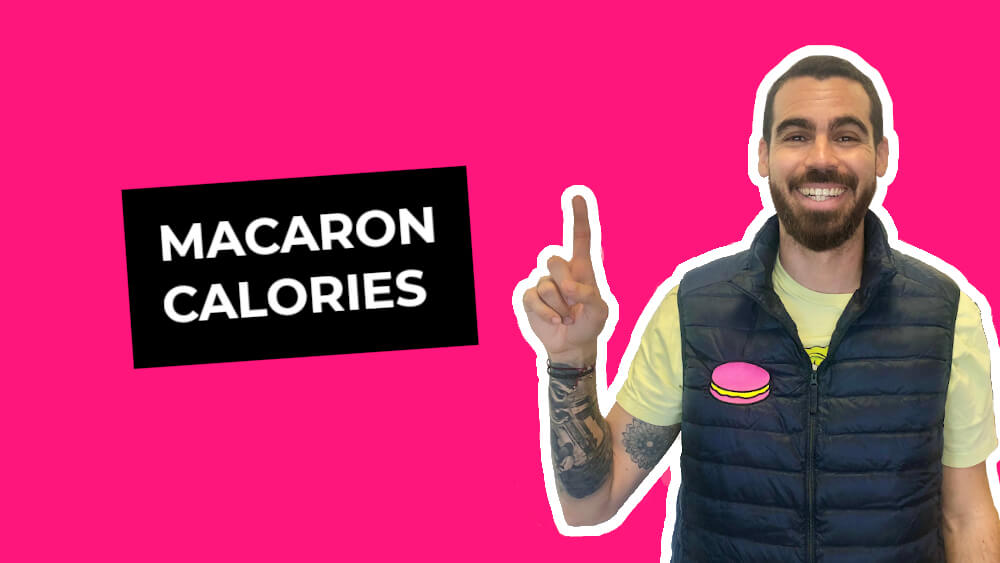
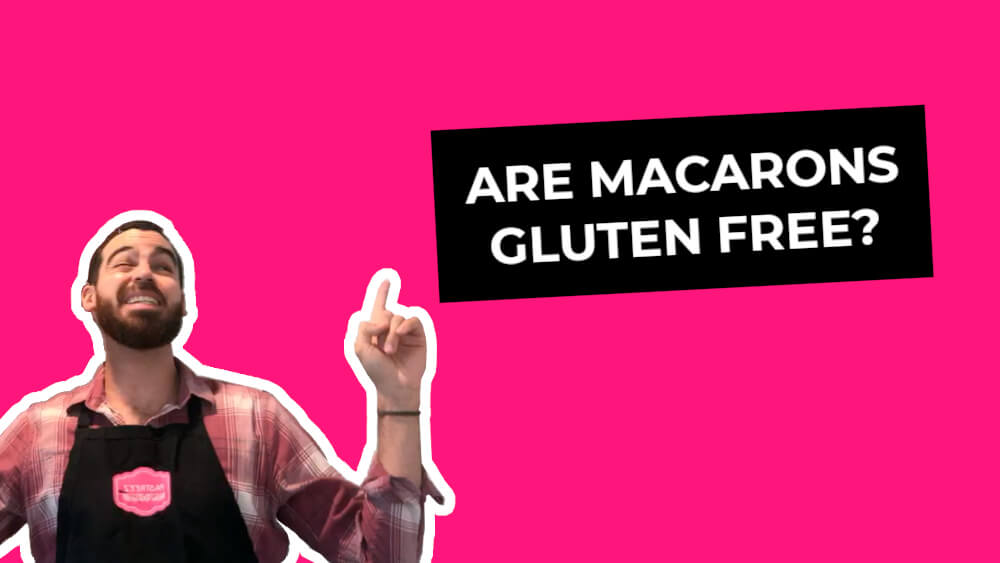
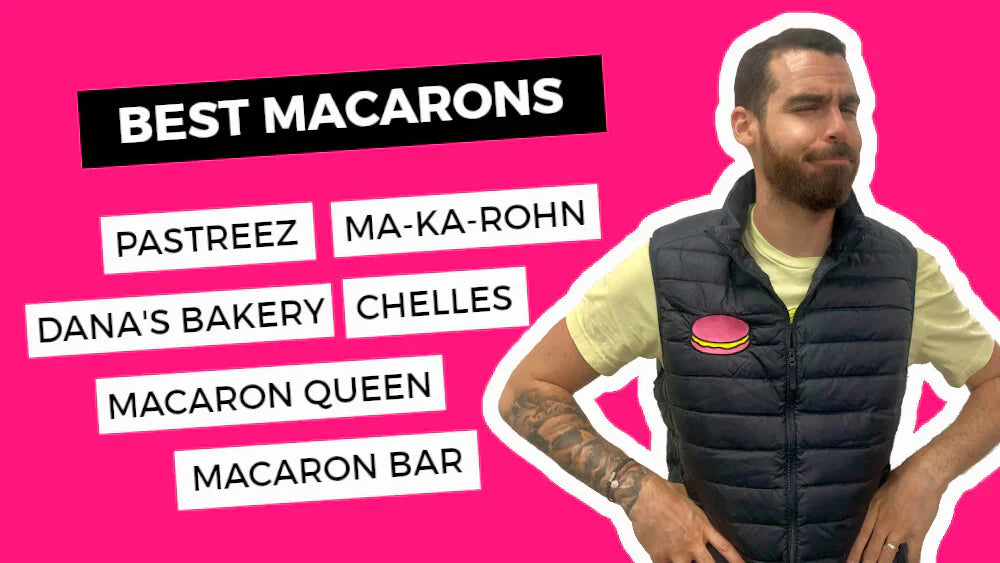
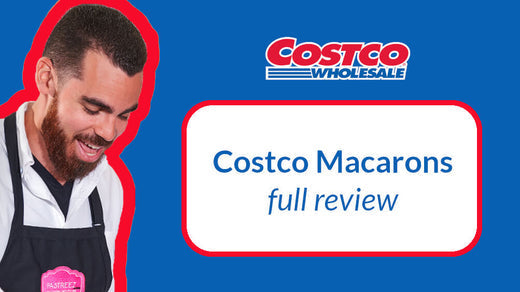


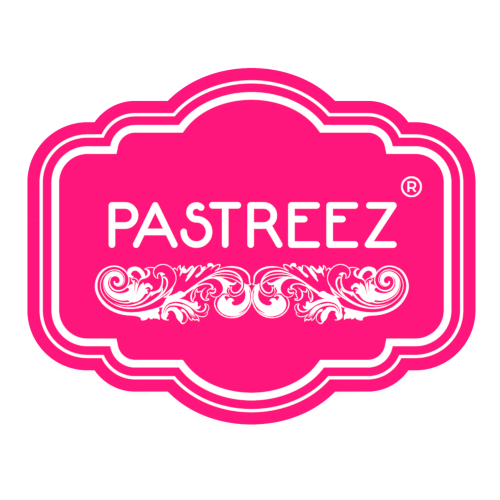



Comments (0)
No comments yet.
Leave a comment